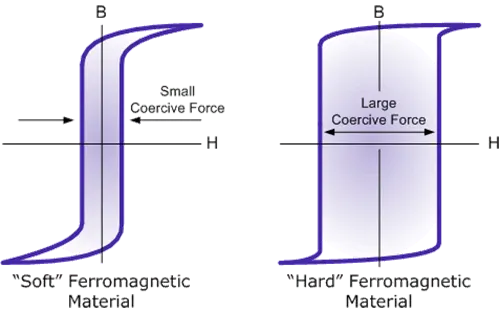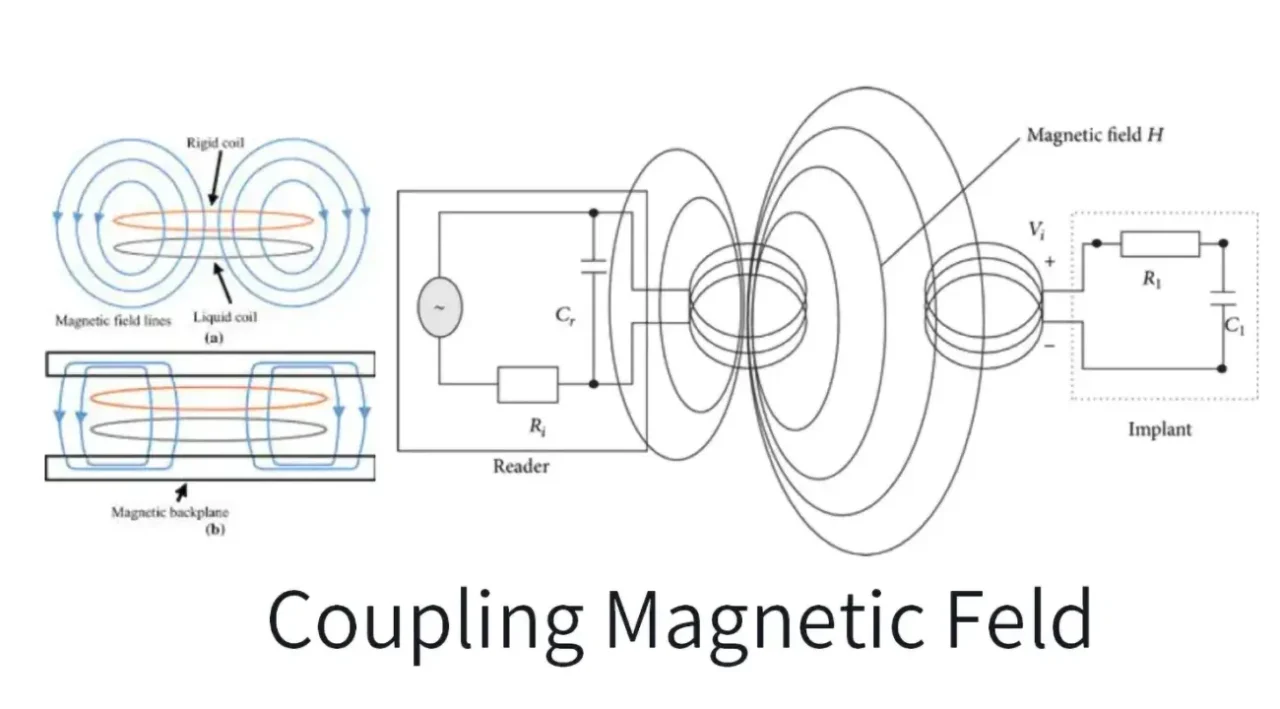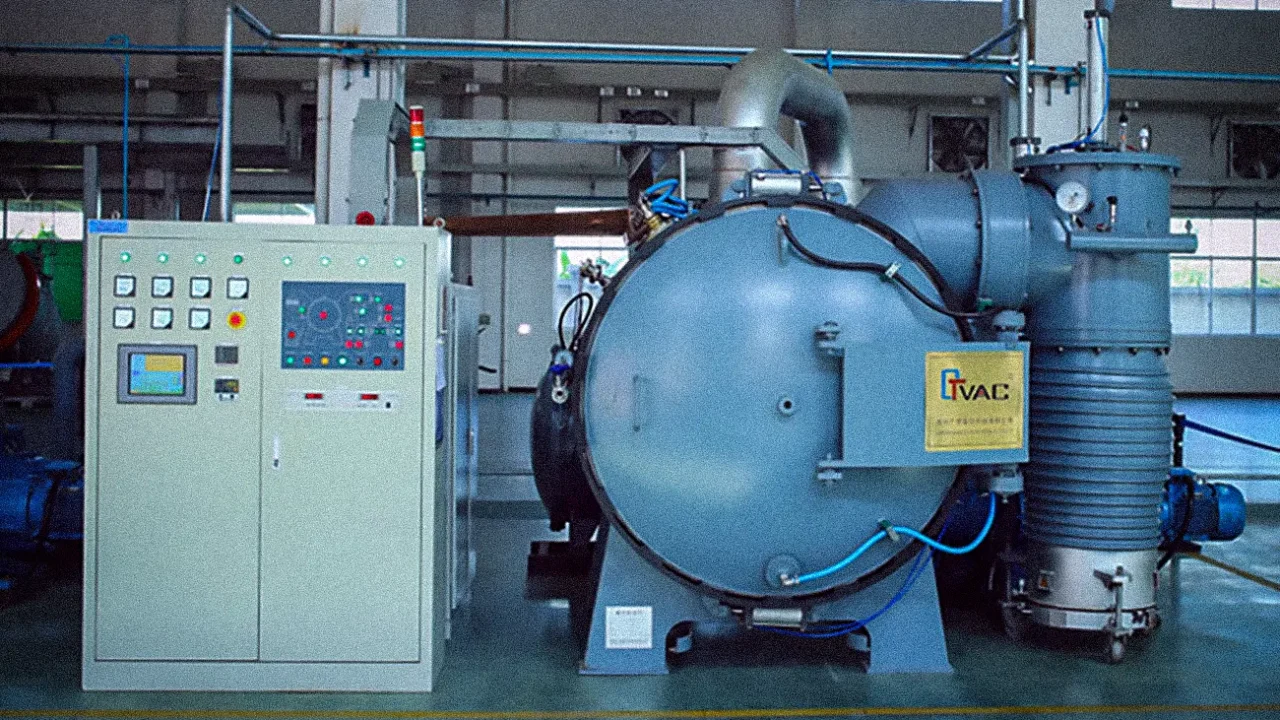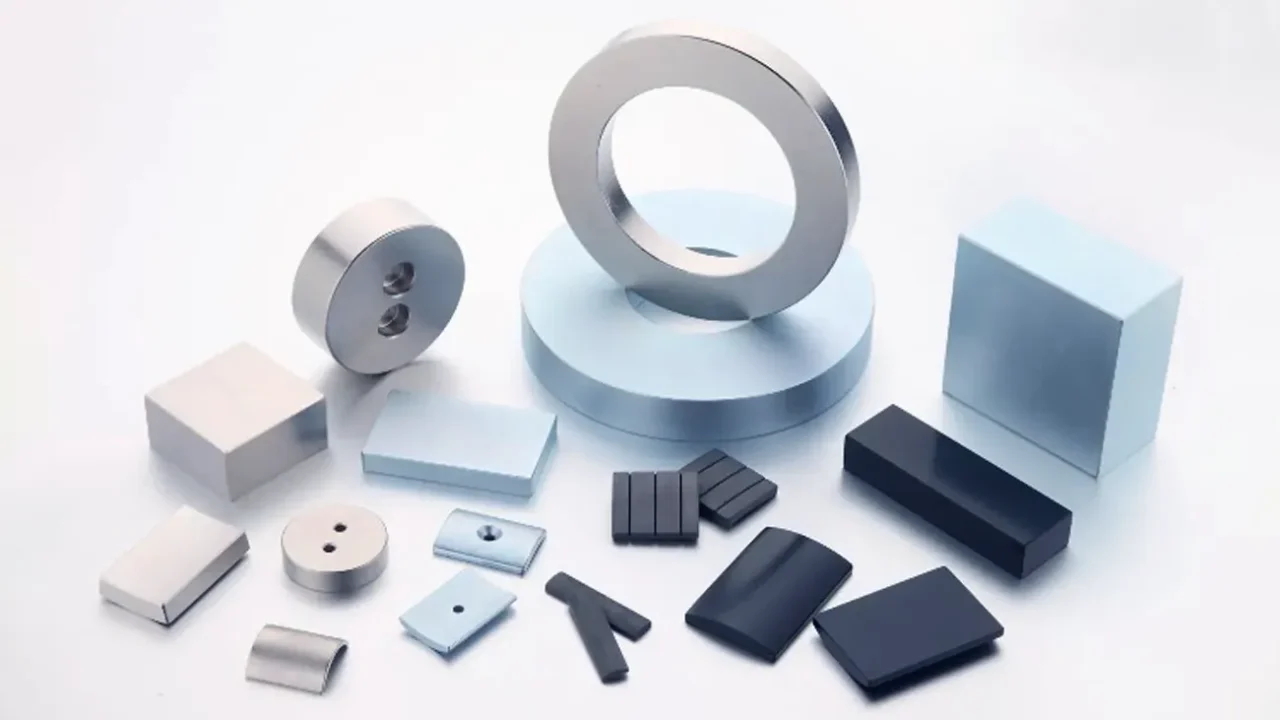Many beginners in the magnetic industry are always confused about magnetic permeability, hysteresis loop and magnetic susceptibility. I spent a lot of time popularizing science to customers. In order to solve everyone’s confusion, I specially sorted out this article.
Relationship between magnetic permeability and hysteresis loop.
Magnetic permeability—what a fancy term, right? But don’t worry, it’s not as mysterious as it sounds. In essence, magnetic permeability refers to a material’s ability to allow magnetic flux to pass through it. It’s like the material’s “magnetic friendliness,” and the hysteresis loop is the perfect tool to understand just how friendly that material really is.

So, how do we use the hysteresis loop to figure out permeability? It all comes down to the shape and size of the loop.
The hysteresis loop (often called the B-H loop) shows the relationship between magnetic flux density (B) and magnetizing force (H). As you increase the magnetizing force, the material becomes magnetized, and B rises. But as you keep cranking up H, the material reaches its saturation point (point “a”), where no more flux can be induced.
Once you reduce H back to zero, the material keeps some magnetism (point “b”), known as remanence. Then, if you reverse H, the flux drops to zero at the coercivity point (point “c”), where the material has completely flipped its magnetic domains.
Finally, as H is reversed again, the loop completes itself, and you’re left with a full, beautiful hysteresis loop. This entire process tells you a lot about the material’s ability to handle magnetic flux—and, of course, its permeability.
The hysteresis loop is more than just a curve; it’s a map that reveals the permeability of materials. A narrow loop means high permeability and efficient magnetic behavior, while a wide loop signals resistance to magnetic flux. So, next time you look at a hysteresis loop, remember: it’s like a magnetic personality test, and permeability is the star of the show!
A Narrow Loop = High Permeability
Let’s start with the basics: When a material has a tall and narrow hysteresis loop, it generally means it has high magnetic permeability. It’s like the material is an all-star at letting magnetic fields pass through. In fact, the more narrow the loop, the better the material is at “conducting” magnetism. Materials like this are efficient and don’t waste much energy when exposed to a magnetic field.
A Wide Loop = Low Permeability
On the flip side, a wide hysteresis loop indicates low magnetic permeability. This means the material resists magnetic flux more and doesn’t allow it to pass as easily. Think of it like trying to push a magnet through a wall—it’s just not going to go through as smoothly.
What’s Inside the Loop?
Here’s where it gets even more interesting. While the width of the hysteresis loop is a big indicator of permeability, other factors also play a role. For example, materials with wider loops usually exhibit:
- Higher Remanence (Residual Magnetism): These materials hold onto some magnetism even after the external force is gone. They’re not too eager to give up their magnetic memories.
- Lower Permeability: As mentioned, they don’t let magnetic flux through easily.
- Higher Retentivity: They tend to retain more magnetism for longer.
- Higher Coercive Force (Coercivity): It takes more force to reverse their magnetization.
Materials with narrower loops, however, tend to have:
- Lower Remanence: They quickly lose their magnetism once the external field is removed.
- Higher Permeability: They’re more “magnetic field friendly.”
- Lower Retentivity: They don’t hold on to magnetism as tightly.
- Lower Coercive Force: You don’t need much force to change their magnetization.
How to measure the magnetic permeability of a material?
Measuring the magnetic permeability of a material is less about rigid procedure and more about choosing the right “conversation” with the sample.
When high permeability is expected, the pulse permeameter technique is often favored. A brief magnetic pulse is applied to the specimen, and its rapid response reveals dynamic magnetic properties—almost like tapping the shoulder of a material and observing how quickly it turns to answer.
For applications involving alternating fields—common in electronics and power systems—the AC method is employed. By subjecting the sample to a varying magnetic field, researchers can extract both the real and imaginary components of permeability. It’s a nuanced approach, recognizing that some materials store magnetic energy efficiently, while others quietly lose it along the way.
The DC method, on the other hand, speaks directly to the core of soft magnetic materials. A steady field is applied, and the induced magnetic flux is measured. This calm, methodical process uncovers the initial and maximum permeability—a quiet measure of how responsive and efficient a material can be under stable conditions.
When precision is paramount, the toroidal sample method stands out. The material is formed into a ring and tightly wound with coils to create a closed magnetic path. The setup minimizes interference and offers a clear window into the intrinsic magnetic behavior of the sample. It’s a classic technique that remains a favorite for its accuracy and reliability.
Each method carries its own strengths, and selecting among them is less a matter of rules than of respect—for the material, the context, and the insights one hopes to gain. After all, meaningful measurements begin not with machinery, but with thoughtful questions.
What is the difference between magnetic susceptibility and magnetic permeability?

- Magnetic Susceptibility (χ): This measures how much a material’s magnetization (M) responds to an applied magnetic field (H). Essentially, it’s the spirit of the material—how eager it is to align with the magnetic field. If χ > 0, the material is paramagnetic (strengthens the magnetic field), and if χ < 0, the material is diamagnetic (weakens the magnetic field). But here’s the kicker—most materials, like aluminum or copper, have a very small susceptibility.
- Magnetic Permeability (μ): This one tells you how easily a material allows the magnetic field to pass through it. It’s the capacity of the material to carry the magnetic field. Now, in the linear relationship between H, M, and B (the magnetic flux density), we see that permeability is defined as μ = μ₀(1 + χ), where μ₀ is the permeability of free space. When we say μ = μ₀ (the permeability of free space), we’re talking about non-magnetic materials like vacuum. When μ > μ₀, the material is more receptive to magnetic fields (think paramagnetic), and when μ < μ₀, the material resists (diamagnetic).
The best part? In most common materials like aluminium or copper, μ and χ are nearly the same, with a slight difference of 1, which makes our lives easier—just a little nudge away from “extra” complexity. But in materials like iron (ferromagnetic), things can get a bit more… wild and less linear.
To sum it up with a bit of flair: Magnetic susceptibility tells us how a material wants to be magnetized, while magnetic permeability tells us how well it transmits magnetic fields. If you like to think of it in terms of a party, magnetic susceptibility is how much the material wants to join the magnetic dance, and permeability is how well it grooves with the field once it’s in.
So, while they’re deeply intertwined, they each have their own special role in the magnetic universe!
Henries per meter (H/m) or newtons per ampere squared (N⋅A−2) is the SI unit of magnetic permeability.
The journey through magnetic permeability is a testament to the beauty of physics—where a single parameter bridges abstract theory and tangible innovation. Whether optimizing a motor’s core or probing exotic materials, permeability remains a compass guiding scientific discovery.
At Osencmag, our passion mirrors the curiosity that first mapped this field: We don’t just accept textbook values; we challenge them. Through precision measurements and collaborative research, we help engineers harness permeability’s full potential. Because every leap in material science—every quieter transformer, every more efficient wireless charger—starts with understanding the invisible forces we’ve explored here.
The future of magnetism is vast. Together, let’s continue measuring, questioning, and magnifying what’s possible.
FAQs
Can air have magnetic permeability?
Yes, air has a very low magnetic permeability, often considered the same as vacuum permeability (μ₀). It’s not a great conductor of magnetic fields, but it still allows them to pass through.
Why is iron highly magnetically permeable?
Iron is highly magnetically permeable because its atomic structure allows the alignment of magnetic domains in the presence of a magnetic field, enhancing the field’s intensity within the material.
Does magnetic permeability change with temperature?
Yes, magnetic permeability can decrease with increasing temperature, especially for ferromagnetic materials, as their magnetic domains become disordered at higher temperatures.




